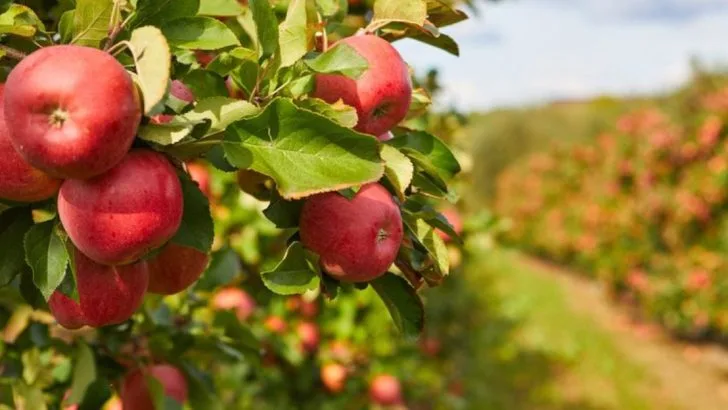Fruit trees are a wonderful addition to any garden, but they can be vulnerable to harmful bacteria and fungi that can stunt their growth or ruin your harvest.
Protecting your trees from these dangerous pathogens is crucial to maintaining their health and ensuring a bountiful crop. From proper pruning to choosing resistant varieties and using organic treatments, there are several strategies you can implement to safeguard your trees.
In this article, we share 16 proven tips to protect your fruit trees from dangerous bacteria and fungi, helping you keep them thriving and disease-free all season long.
Regular Pruning
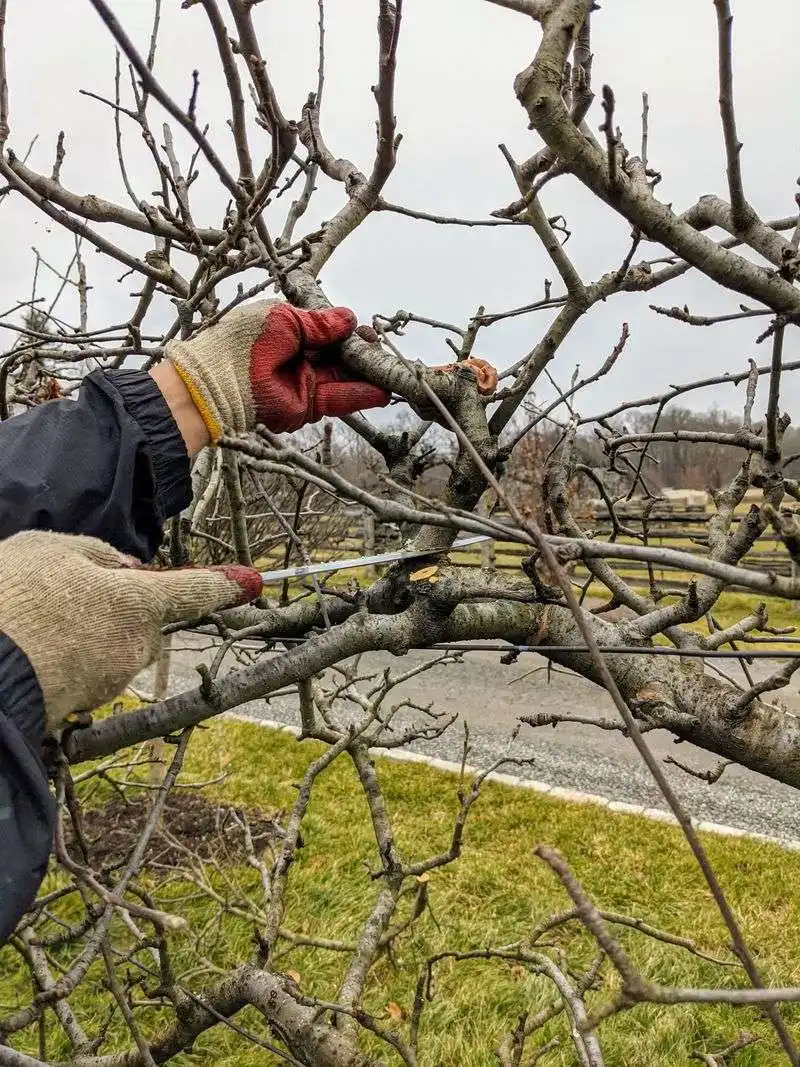
Regularly cutting away dead or overgrown branches can significantly enhance the health of your fruit trees. By doing so, you promote better air circulation, which is crucial in preventing fungal infections. It also allows sunlight to penetrate the tree canopy, discouraging the growth of mold and mildew. Additionally, pruning helps in identifying any early signs of disease or pest infestations, allowing for prompt intervention. Make sure to use clean, sharp tools to avoid introducing harmful bacteria. Remember, the best time to prune is during the dormant season, ensuring minimal stress to the tree.
Proper Watering Techniques
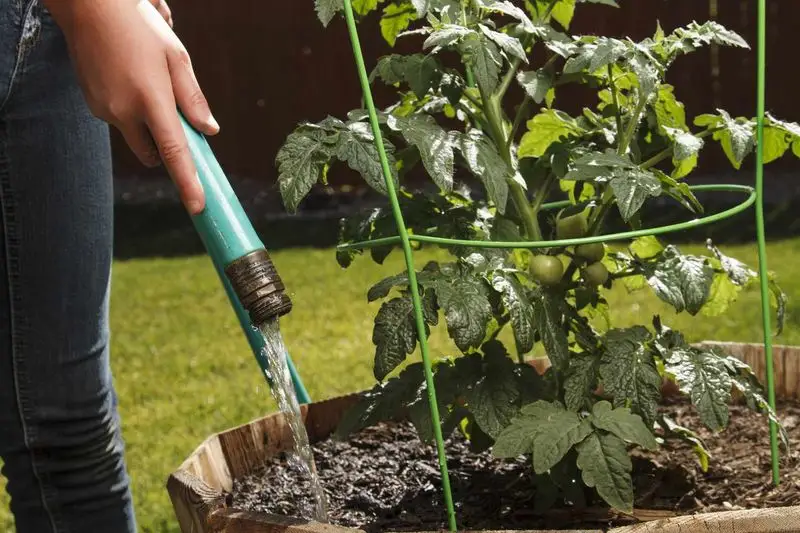
Watering your fruit trees correctly is vital for their health and resistance to disease. Deep watering at the base rather than frequent shallow watering ensures that roots grow deep and strong. This reduces the risk of root rot and fungal infections. Avoid sprinkling water on the leaves, as wet foliage can encourage fungal growth. In dry climates, consider drip irrigation systems for precise control over watering. Keeping the soil consistently moist but not waterlogged is key. Regularly check the soil moisture level to adjust your watering schedule accordingly and maintain optimal tree health.
Organic Mulching

Applying organic mulch around your fruit trees offers multiple benefits that contribute to their overall health. Mulch helps in retaining soil moisture, reducing water evaporation, and suppressing weed growth. Moreover, as the mulch decomposes, it enriches the soil with essential nutrients, enhancing tree vitality. Organic mulch also creates a barrier, protecting the base of the tree from potential pathogens present in the soil. Be sure to apply mulch in a layer a few inches thick, keeping it a few inches away from the trunk to prevent rot. Refresh the mulch annually for best results.
Disease-Resistant Varieties
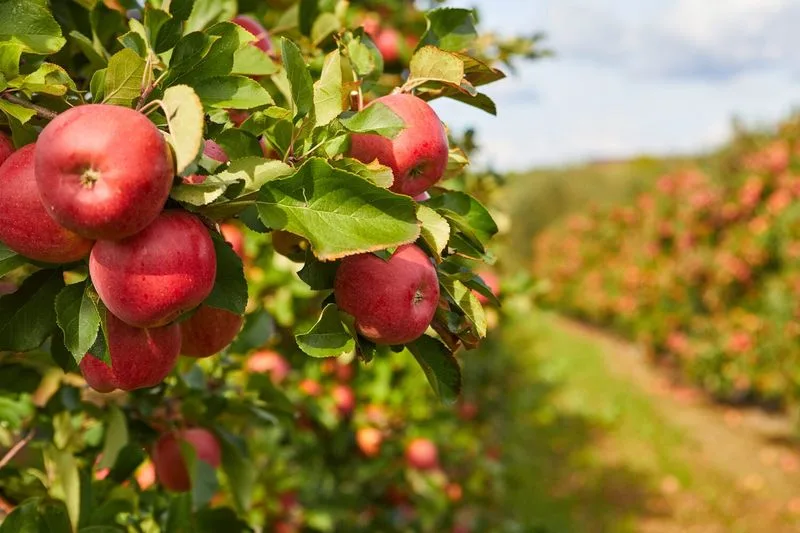
Choosing disease-resistant varieties is a proactive measure to guard against common bacterial and fungal infections. These specially cultivated trees have a natural ability to resist pathogens, reducing the need for chemical interventions. When selecting trees, consult local nurseries for varieties well-suited to your region’s unique climate conditions. This ensures the trees have the best chance of thriving. Additionally, consider planting different species to minimize the risk of a single disease affecting your entire orchard. This strategy not only boosts productivity but also ensures a diverse and resilient fruit harvest.
Routine Inspection
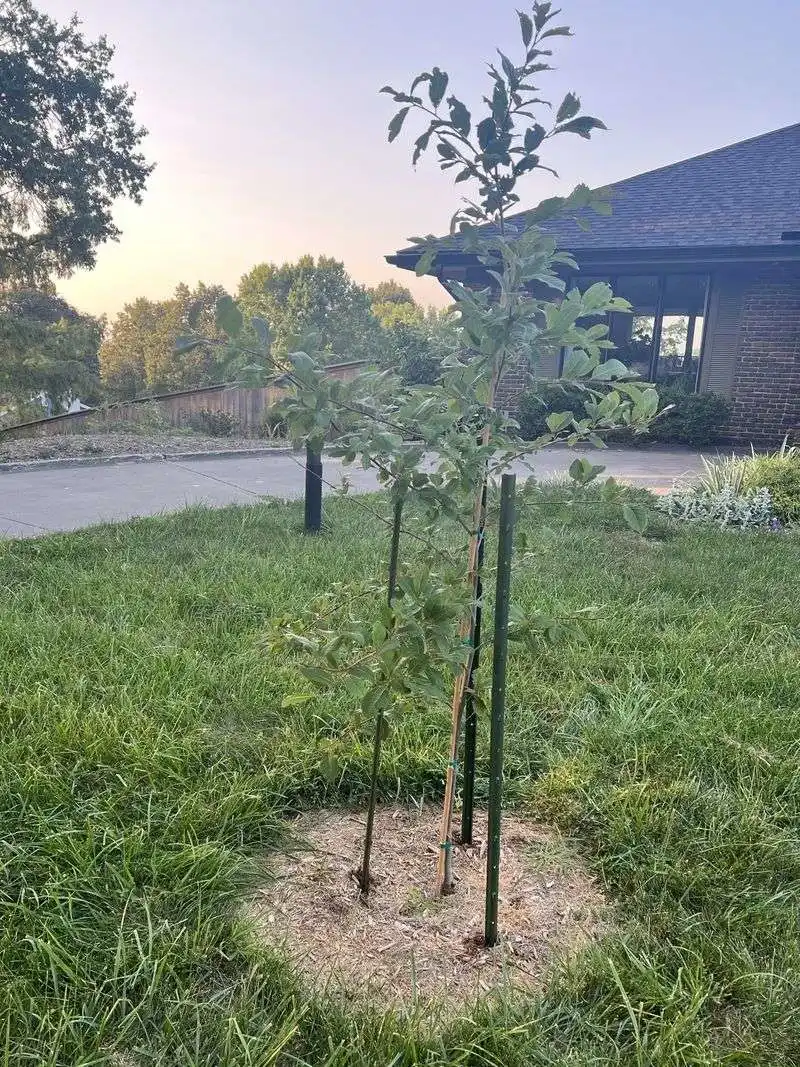
Regularly inspecting your fruit trees enables early detection of diseases and pests, allowing for swift remedial action. Look for unusual spots, discolorations, or wilting, which may indicate bacterial or fungal presence. Pay close attention to the undersides of leaves and the joints of branches. Early intervention can prevent minor issues from escalating into significant problems. Keep a journal to track any changes or treatments applied, as this information is invaluable for ongoing tree care. Routine inspections foster a deeper connection with your trees, enhancing your ability to nurture them effectively.
Sanitizing Garden Tools
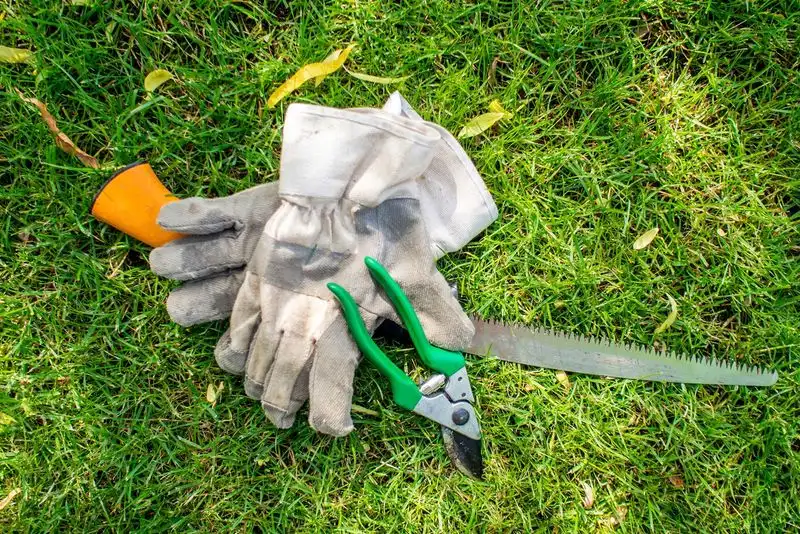
Regularly cleaning your gardening tools is a simple yet effective way to prevent the spread of pathogens among your fruit trees. After each use, disinfect tools with a solution of bleach or alcohol to kill any lingering bacteria or fungi. Pay special attention to tools that come into direct contact with the trees, such as pruners and saws. This practice minimizes the risk of cross-contamination, ensuring that your efforts to protect your trees are not undermined by unintentional transfer of harmful microorganisms. A clean toolkit is a cornerstone of a healthy orchard.
Applying Fungicides
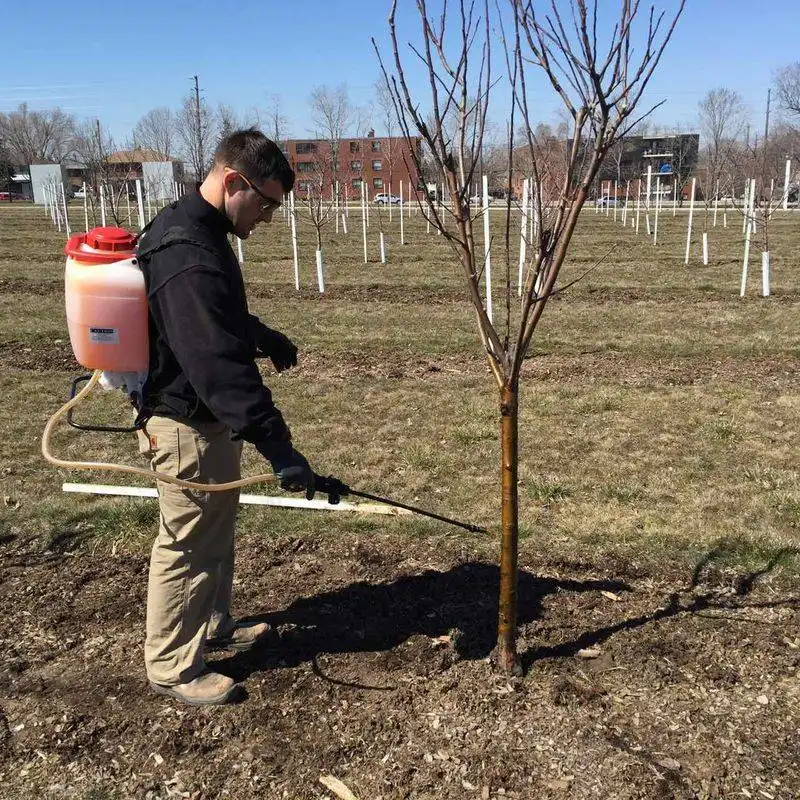
When used judiciously, fungicides can provide an effective line of defense against fungal infections. Select products specifically designed for fruit trees and follow application guidelines closely to avoid harming beneficial insects. Timing is crucial; apply fungicides during key growth stages when trees are most susceptible. Always wear protective gear when handling chemicals to ensure your safety. Integrated pest management strategies, which combine fungicides with other techniques, can enhance overall effectiveness. Remember, moderation is key to maintaining a balanced ecosystem in your orchard while safeguarding your fruit trees.
Companion Planting
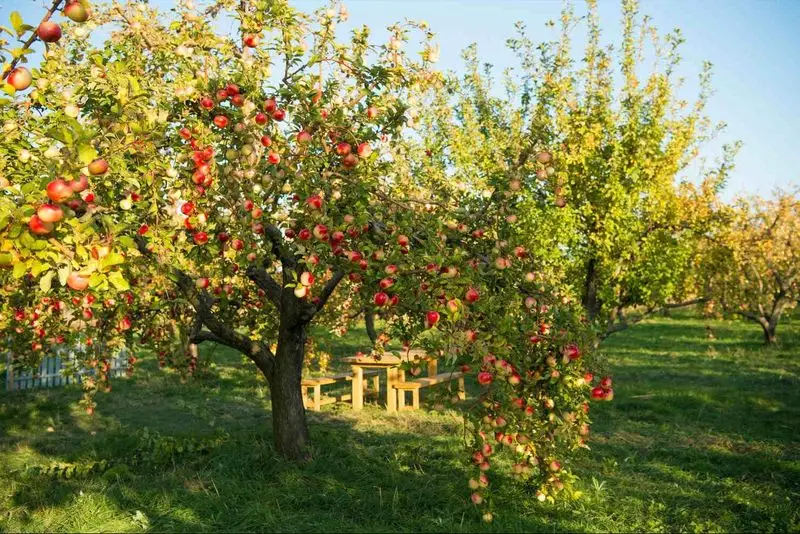
Planting certain companion plants near your fruit trees can naturally deter pests and reduce disease incidence. Herbs like basil and flowers such as marigolds emit scents that confuse harmful insects or attract beneficial predators. These plants also improve biodiversity, creating a healthier ecosystem around your trees. Additionally, companion planting can enhance soil quality and moisture retention, contributing to overall tree health. Research which plants pair well with your specific fruit trees for optimal results. This method not only protects but also beautifies your orchard, making it a delightful space to enjoy.
Proper Fertilization
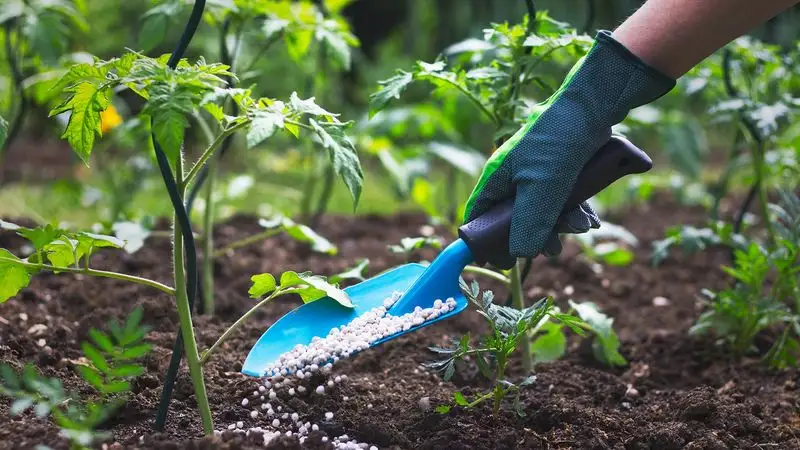
Providing your fruit trees with the right nutrients is essential for robust growth and disease resistance. Organic fertilizers offer a balanced nutrient profile that supports healthy soil microbial activity. Apply fertilizer in the early growing season, following the specific needs of your tree species. Over-fertilization can lead to excessive leaf growth at the expense of fruit production and can make trees more susceptible to diseases. Regular soil testing helps tailor your fertilization schedule to precisely what your trees need. With careful attention, you can boost both the yield and health of your fruit trees.
Windbreaks Installation
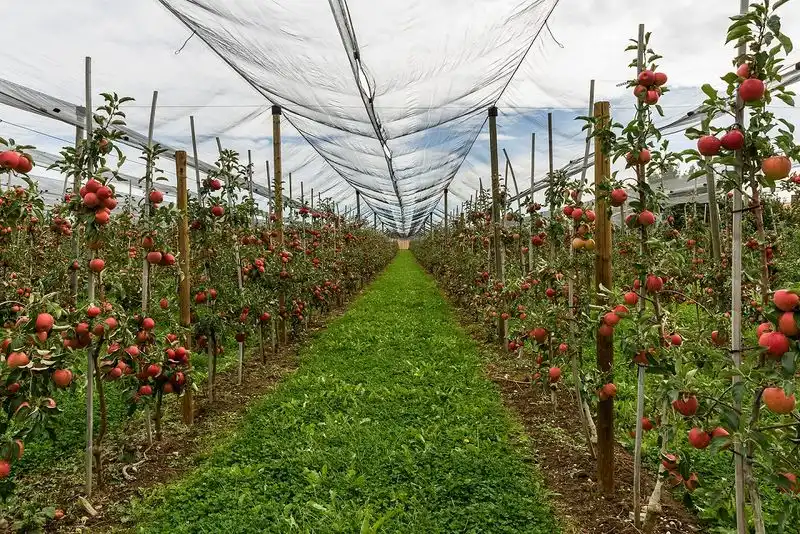
Installing windbreaks around your fruit trees can mitigate the stress caused by strong winds, which can weaken branches and open pathways for pathogens. Trees like evergreens are excellent choices for windbreaks as they provide year-round protection. Properly positioned windbreaks help maintain consistent temperatures and moisture levels, reducing the likelihood of disease outbreaks. This is particularly beneficial in regions prone to harsh weather conditions. Besides, windbreaks can increase biodiversity and provide habitats for beneficial insects. By shielding your orchard, you cultivate a more resilient environment for your fruit trees to thrive.
Crop Rotation
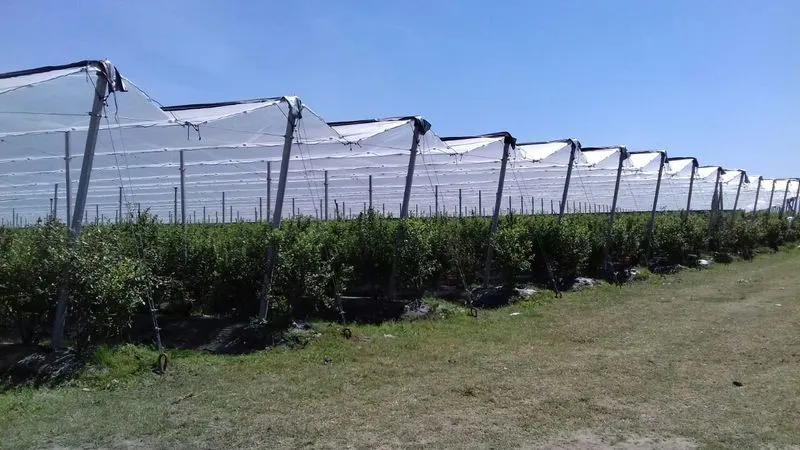
Implementing crop rotation by alternating fruit trees with other crops can naturally disrupt the lifecycle of diseases. This practice prevents pathogens from becoming established and spreading throughout your orchard. Rotate crops in a planned manner, allowing the soil to replenish and recover, which enhances nutrient availability. It’s also effective in controlling soil-borne diseases and pests that target specific plants. Crop rotation, when well-planned, contributes to a more balanced and productive ecosystem. This sustainable farming technique not only protects your trees but also supports overall agricultural health and diversity.
Soil Health Management
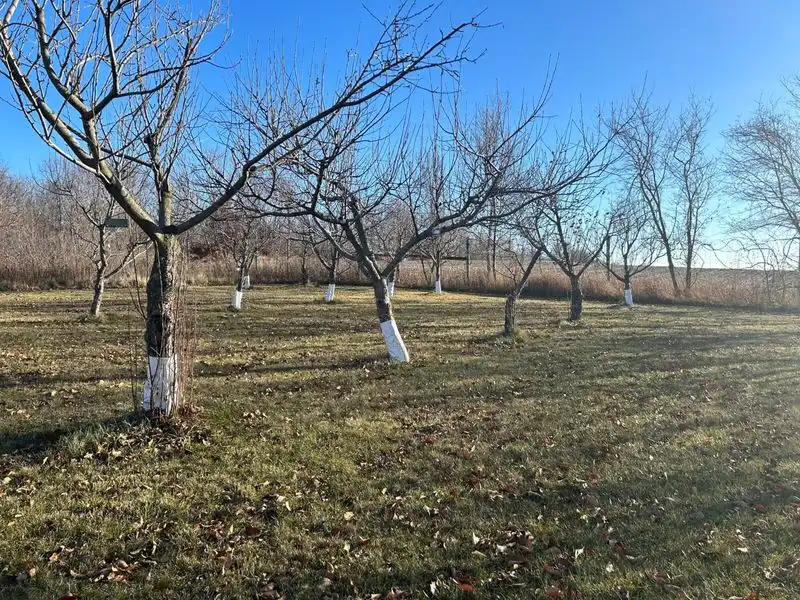
Healthy soil is the foundation of vibrant fruit trees. Regularly assess the soil’s pH and nutrient levels to ensure they meet the specific requirements of your trees. Amend the soil with organic matter, like compost, to improve structure and fertility. Good soil management promotes robust root systems, enhancing the trees’ ability to resist diseases. An ecological approach to soil care supports beneficial organisms that keep harmful pathogens in check. Regular mulching and cover cropping can further enhance soil health. Together, these practices create a thriving environment where fruit trees can flourish without the threat of disease.
Bacterial Inoculants
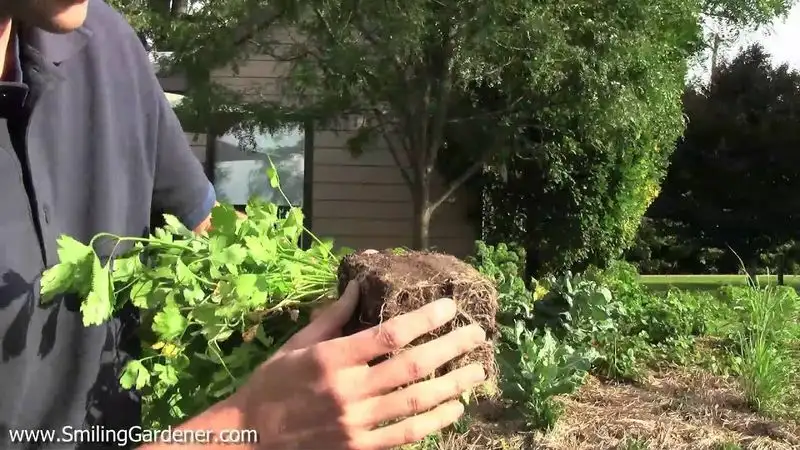
Using bacterial inoculants can bolster your fruit trees’ natural defenses against pathogens. These beneficial bacteria establish themselves in the soil, forming symbiotic relationships with the tree roots. They help in nutrient absorption and create conditions unfavorable for harmful microbes. Inoculants are especially useful in organically managed orchards, where chemical treatments are minimized. Apply inoculants during the planting phase or as a regular soil amendment. Over time, they enhance soil health and boost tree resilience. Incorporating inoculants into your orchard management strategy can pave the way for healthier, more productive trees.
Seasonal Clean-Up
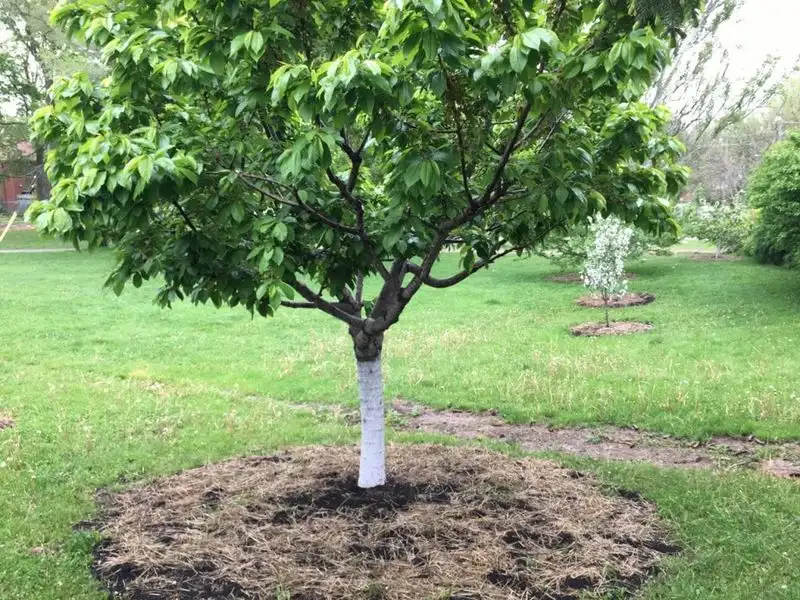
Regular seasonal clean-up is vital to prevent diseases that overwinter in fallen leaves and debris. Removing these materials eliminates potential breeding grounds for harmful fungi and bacteria. Pay special attention to areas around the base of trees and between rows. Composting this organic waste can return valuable nutrients to the soil, provided it is properly decomposed. This practice is most effective when carried out in late autumn and early spring, setting the stage for a healthy growing season. Consistent clean-up routines contribute to a disease-free orchard environment.
Netting Against Wildlife
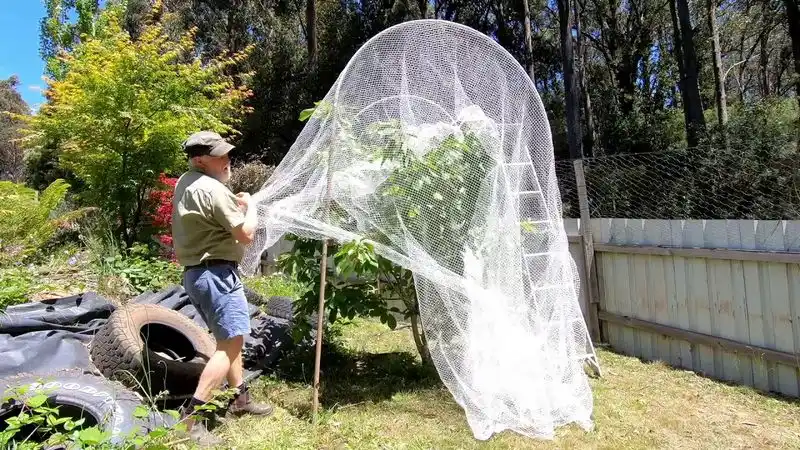
Installing netting over your fruit trees offers a physical barrier against wildlife that can spread pathogens. Birds, rodents, and insects can carry diseases from one tree to another as they move through your orchard. Properly secured netting prevents these creatures from reaching your fruit, minimizing the risk of contamination. Choose durable materials that withstand weather changes and ensure the nets are checked regularly for tears. In addition to disease prevention, netting can protect fruit from being damaged or eaten by wildlife, resulting in a more bountiful harvest.
Educational Workshops
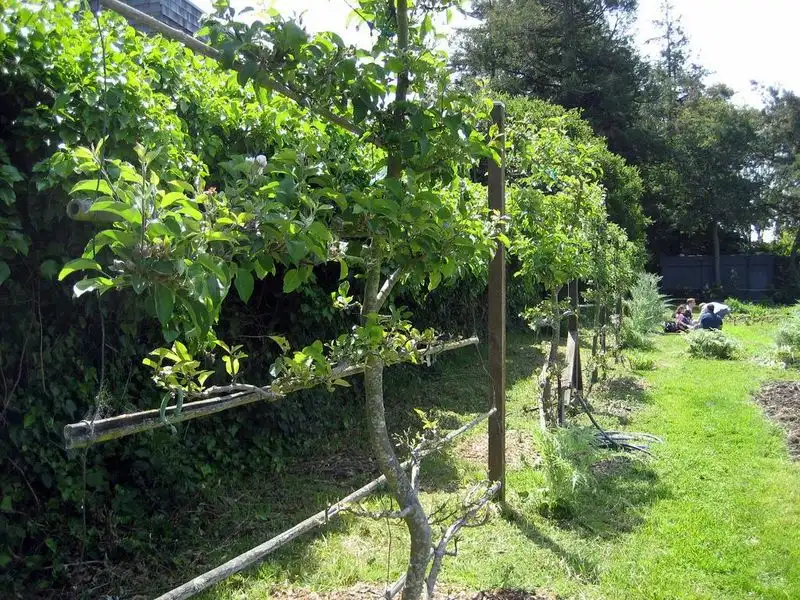
Participating in educational workshops provides valuable insights into advanced techniques for protecting fruit trees. These sessions often cover disease identification, prevention strategies, and the latest research findings. Engaging with experts and fellow gardeners can inspire new approaches to tree care. Workshops also offer practical demonstrations, enabling you to apply what you learn directly in your orchard. Sharing knowledge within a gardening community strengthens collective expertise and fosters innovation. Whether you’re a beginner or an experienced grower, continued learning ensures your fruit trees receive the best possible care.

